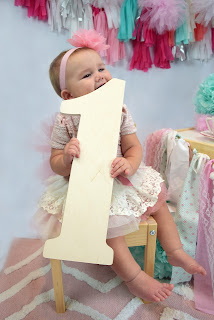CHILD TOOTH EXTRACTION
Child molar extraction is the removal of a primary molar tooth in a child. This procedure may be necessary due to decay, infection, crowding, or other dental issues. The dentist or oral surgeon will numb the area with local anesthesia before removing the tooth, and may also provide pain relief and aftercare instructions to ensure a smooth recovery. It is important to take good care of the area after the extraction and follow any post-operative instructions provided by the dentist to prevent complications.
- Sure, here is some additional information about child molar extraction:
- Primary molars are the larger teeth at the back of the mouth that are typically lost between ages 9-12, making way for the permanent teeth.
- If a primary molar is severely decayed or infected, it may need to be extracted to prevent further damage to the tooth, gums, and surrounding teeth.
- Crowding can also be a reason for extraction. If the primary molars are not lost on time, it can cause problems in the eruption of the permanent teeth, leading to crooked teeth and orthodontic problems.
- Before the extraction, the dentist will take X-rays to assess the tooth and surrounding structures and determine the best way to remove it.
- During the procedure, the dentist will use forceps to gently loosen the tooth and remove it from the socket. The child may feel some pressure, but should not feel any pain.
- After the extraction, the dentist will provide instructions for caring for the site, which may include avoiding hard or crunchy foods, rinsing with warm salt water, and taking pain relievers as needed.
- It is important to follow the aftercare instructions carefully to minimize the risk of complications such as bleeding, infection, or dry socket (a painful condition where the blood clot in the socket dissolves or becomes dislodged).
- With proper care, the site should heal within a week or two, and the child should be able to resume normal activities.







Good luck
👏👏👏👏